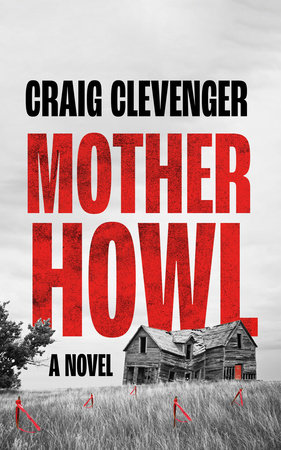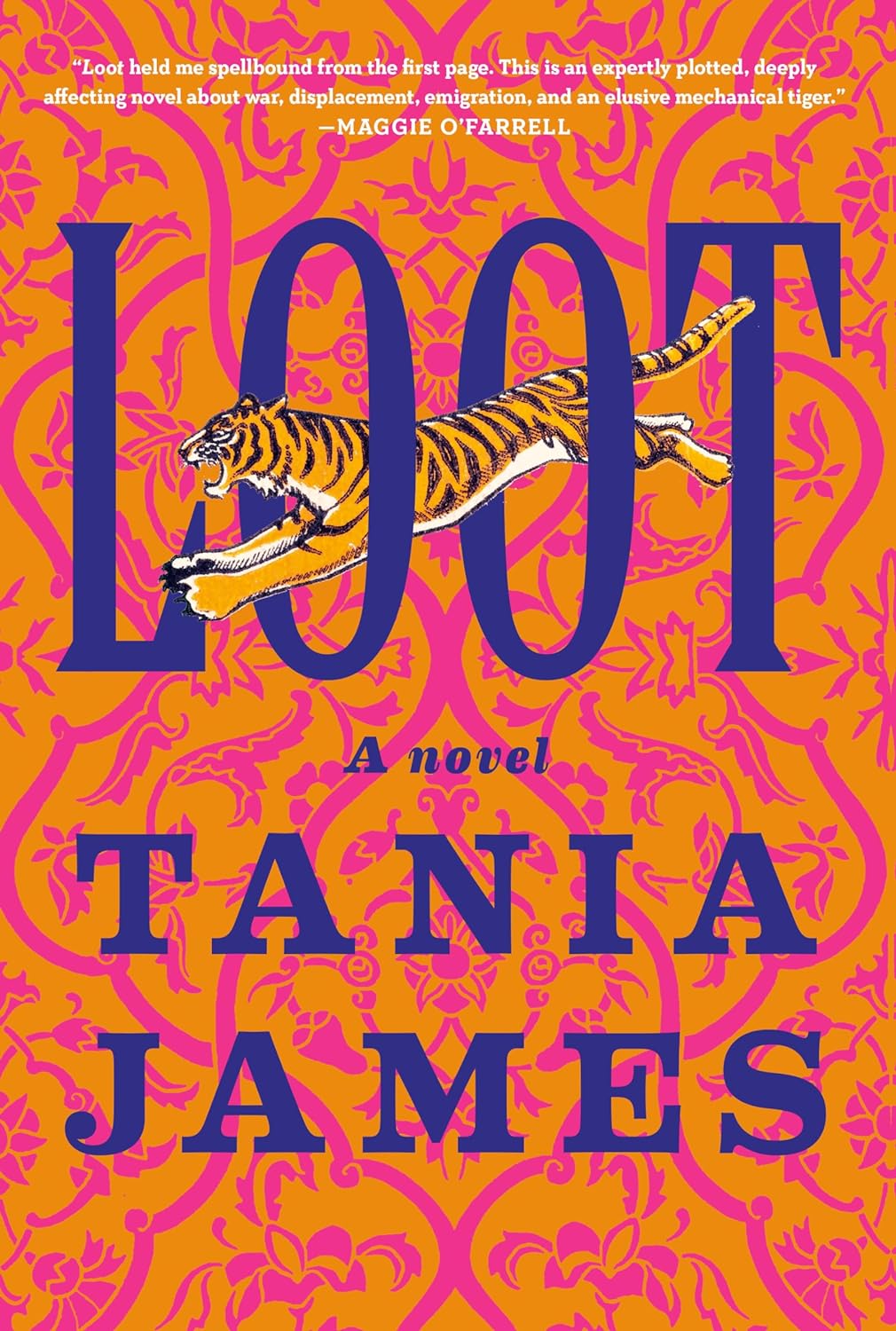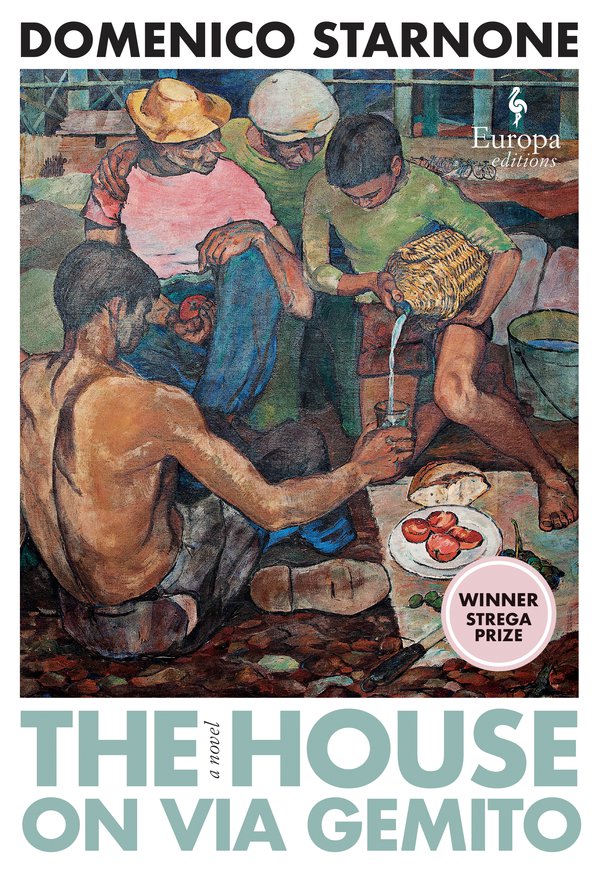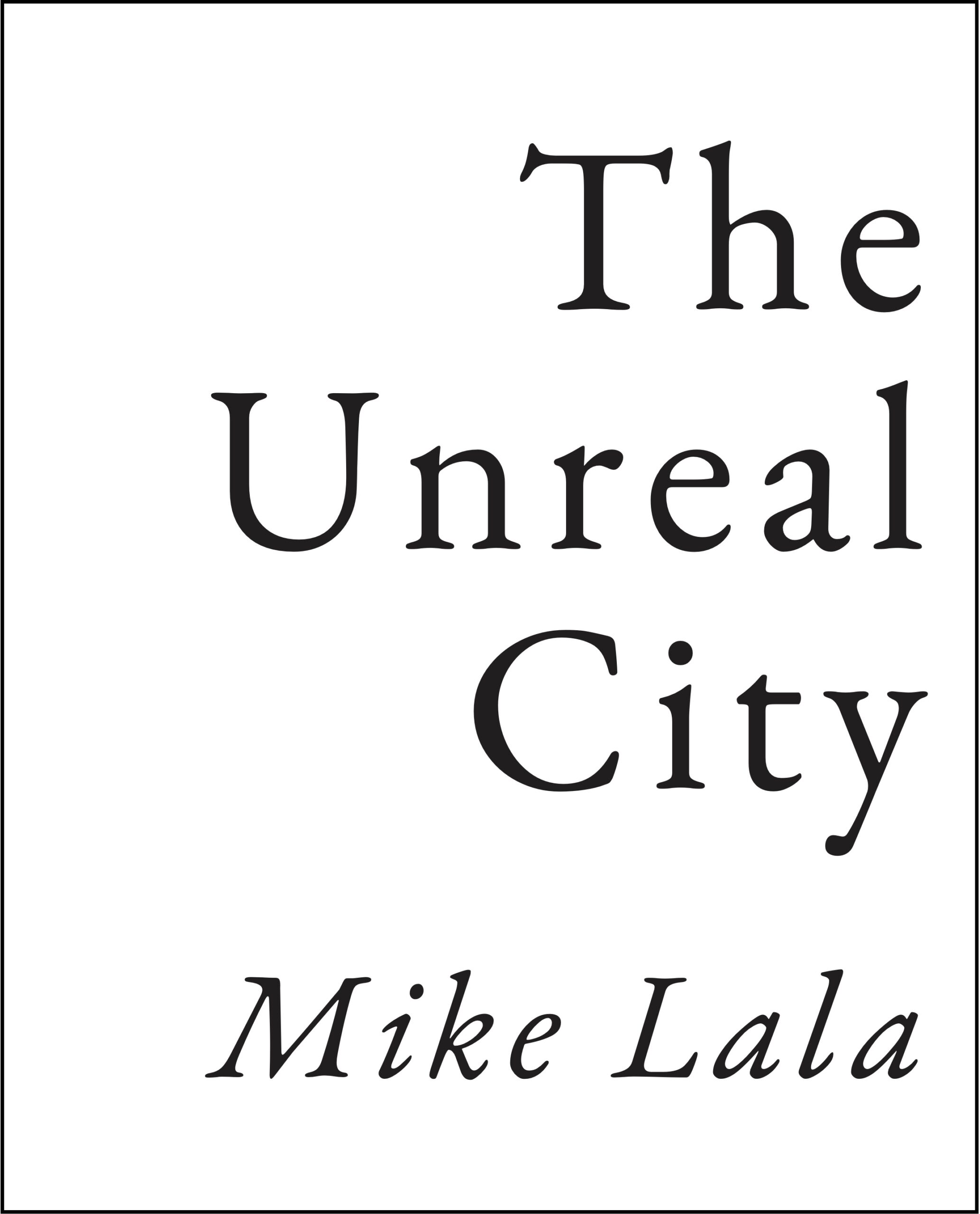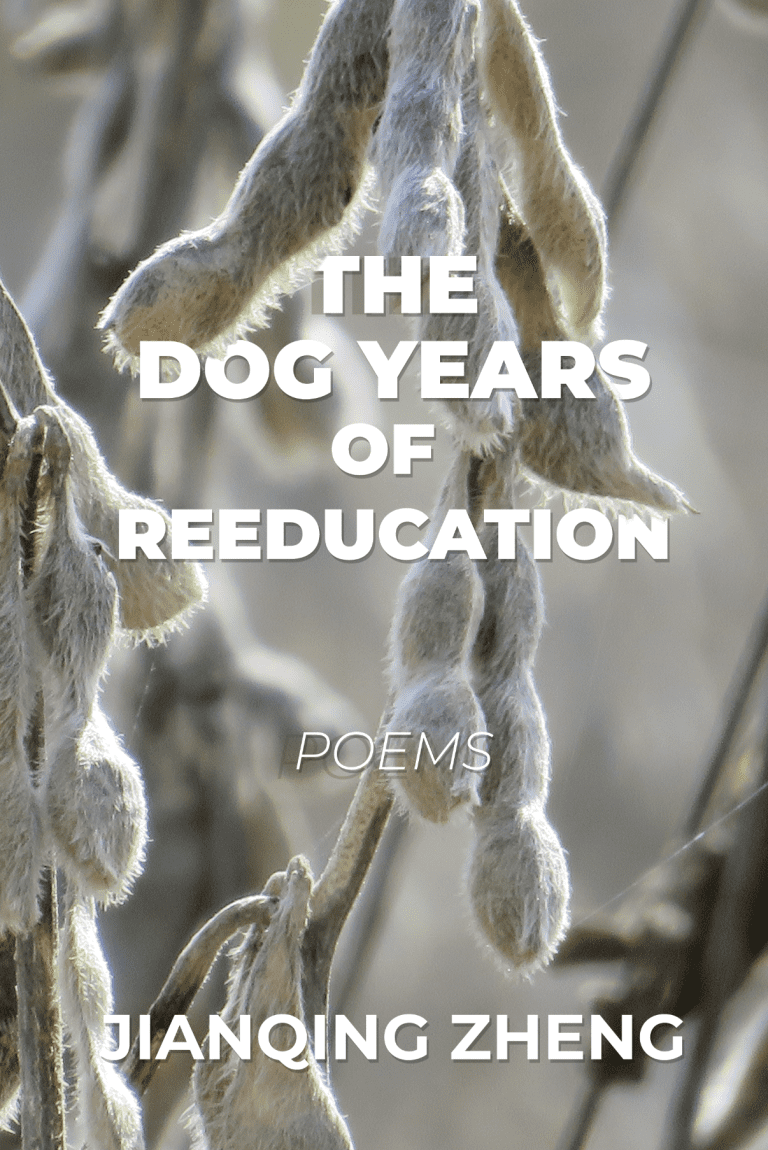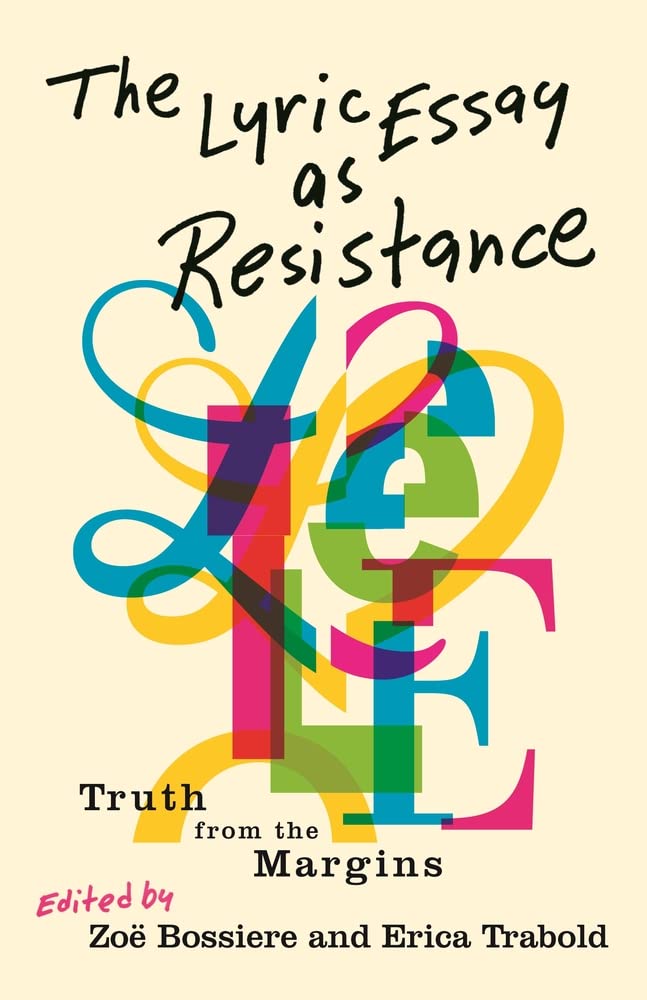by Michael Antonucci
To mark the hundredth anniversary of the Paris Commune in the People’s Republic of China, writers from People’s Daily, Red Flag, and Liberation Army Daily collaborated to produce a thirty-two-page pamphlet entitled Long Live the Victory of the Dictatorship of the Proletariat! In Commemoration of the Centenary of the Paris Commune (1971). Their slim volume celebrates the working-class revolutionaries who briefly seized power at the conclusion of the Franco-Prussian War. Published during the fifth year of the Cultural Revolution, the study discusses the Paris Commune in terms of social and political experiments conducted in China between 1966 and 1976. In the pamphlet’s final chapter, for example, the writers proclaim, “In China’s Great Proletarian Cultural Revolution, Mao Tsetung (sic) Thought and Chairman Mao’s revolutionary line are being integrated more and more deeply with revolutionary practice of the people in the hundreds of millions to become the greatest force in consolidating the dictatorship of the proletariat.”
Shortly after this commemorative work appeared, poet Jianqing Zheng became a participant in this process. Having completed his high school level course in foreign language studies, Zheng was dispatched to the Chinese countryside to become a “zhinquing” or “educated youth.” In the introduction to his new volume of verse, The Dog Years of Reeducation, Zheng discusses his poetic reflections on the Cultural Revolution. Recognizing that his situation was by no means unique, he writes, “millions of middle school and high school graduates . . . were sent to the mountains and the countryside to receive reeducation from poor peasants.” Zheng explains that he arrived in his village with “a deep conviction that the zhiquing [he and other educated youth] would play some role in the transformation of rural China.” He continues, declaring that “this collection of poetry relives those reeducation years in the fields.”
To fulfill the poet’s project, Dog Years delivers a firsthand account of the Cultural Revolution’s later stages. Reflecting on this charged moment in twentieth-century Chinese history, Zheng’s verse animates expectant uncertainties that accompanied its varied and profound personal and political transitions. Throughout the volume, the poet assembles collective and individual events imprinting and informing his reeducation process. History and memory swirl and converge as Zheng’s poems trace these moments and movements; this dynamic becomes evident, for example, in “Star Watching,” a poem in the opening section. Illustrating Zheng’s ability to layer and combine his terse prose poetry with short, imagistic three-line bursts, “Star Watching” identifies the undercurrent of “static change” that informs the poet’s time in the provinces:
After graduating from a foreign language school in the Cultural Revolution, we have no choice but to go to the countryside . . .
. . . . . . . . . . . . . . . . . . . . . . . . . . . . . . . . . . . . . . . . . . . . . . . . . . . . . . . . . . . . . . .
roosters crowing
another day of life
in the village
At night, our life is as flat as our farm work, tasteless as rice and pickled turnips we eat each day. No books to read, no chess to play . . .
. . . . . . . . . . . . . . . . . . . . . . . . . . . . . . . . . . . . . . . . . . . . . . . . . . . . . . . . . . . . . . .
autumn night
lying on rice stacks
counting stars
As the poet comes to terms with the monotonous simplicity that he faced along with the other zhinquing, “Star Watching” offers readers a perspective on everyday life in rural China during the mid-1970s. Like other poems from the opening section of Dog Years, such as “Lunchtime,” “Transplanting Seedlings,” and “Cutting,” the poet uses “Star Watching” to stare down the stern conditions that informed what he calls “my farm life.”
This cycle of back-breaking labor—punctuated with heat, dust, sweat, cold, rain, insects, and animals—shapes Zheng’s verse; Dog Years thereby constructs a collage of memory that charts the poet’s pathway along his journey of return. Some points of return are embraced; others are not. Yet, these returns—even those that are distasteful and unwelcoming—provide both the poet and his readers with a measure of perspective on events relating to the Cultural Revolution. Ultimately, this past and its enduring imprint allows Zheng to consider his circumstances in full measure. For example, reflecting on village life in the poem “Life in the Fields,” he writes, “Those years are like /a yellowed book,” before going on to deepen the metaphor:
Turning each page
is like unwrapping
an unearthed mummy,
dried but well preserved.
Through lines such as these, the known, the predictable, and the inevitable coalesce, forming the foundation of Zheng’s reeducation process. By doing so, the poet situates himself and other members of his zhinquing cohort—Pigsy, Yi, Pearl—among the farmers, fields, and fixed chore lists that inform the certainties of daybreak and sunset, planting and harvest. Similarly, in “The Lesson Learned,” the poet extends his exploration of these binary constants:
When day and night
revolve like the duality
of yin and yang
way and no way
exertion and relaxation
positivity and negativity
earth and heaven
man and woman
dream and daydream
we begin to see
reeducation as a coat
altered to wear,
a fate to face and
a life to live.
Across four sections, Dog Years of Reeducation collects and arranges Zheng’s “lessons learned.” Unfolding with the measured successions of seasons, his poetry grapples with the idea of return, tracing its halting, bounded limits. This pattern is made fully evident in the volume’s third section; after opening with the three-line epigraph, “homesick / a seesaw creeks / up and down,” Zheng continues his poetic meditations on space, time, distance, and the reeducation process in the verse that follows. For example, in “The Gradation of Our Being,” he proclaims, “We no longer look like a group / of urban youths,” and in “Question,” he asks:
Is this expansive flatland
where the flower drum song
roots deep and spreads wide,
where the sunset
promises a new dawn,
where cotton is handpicked
and rice is hand planted,
where rain is the source of life
also a dreamland studded
with starry wishes?
At the same time, throughout the third section of Dog Years, Zheng’s poetic examination of personal experience intersects with conversations relating to Chinese history and politics. These connections emerge most significantly through the course of poems that explore the death of Mao Zedong.
Mao died while Zheng was working in the fields, late in the summer of 1976. The poet recalls the moment he learned of Mao’s passing: “we were picking cotton when a farmer // came over announcing, ‘Mao died.’ / His voice was a cool autumn breeze.” Zheng redoubles his reflections on his life and Mao’s death in “Maostalgia,” the second part of this loosely constructed tryptic; its opening line reads, “I lost my voice in the Cultural Revolution.” He continues: “I answered Mao’s call and went to the countryside to rebuild my body for strong bones and muscles.” In the second stanza, he writes: “I heard of Mao’s death while picking cotton. I was hungry that afternoon; I cursed the sun for not sinking faster.” The poem concludes as Zheng balances these two prose blocks on three imagistic lines that project both poet and reader into a future moment:
Great Wall tour—
each souvenir stall sells
Chairman Mao badges
The Mao study concludes with “Shouting”; identifying the waning energies of the Cultural Revolution, this poem recalls the “village chief” leading a meeting “in October 1976, a month after / Chairman Mao’s death.” Having gathered the villagers and zhiquing “on the threshing floor,” the chief delivers “a long editorial that / endorsed the new leader.” The poet writes that his uninspiring words “sounded as flat / as an unsalted dish,” leading the villagers “to chat,” with their voices “buzzing // like a swarm of mosquitos.” The chief, in turn, is desperate to regain the villagers’ attention:
. . . he thundered
“Long Live Chairman Mao!”
into the microphone. As if
awakened, we all stretched our arms
to yawn the slogan after him.
Throughout the volume’s fourth and closing section, Zheng delivers a set of equivocal summary reflections on his time in the Chinese countryside. However, it is in “Looking Back” that the poet—who has lived in Mississippi since 1991, teaching in the English Department of Mississippi Valley State University—provides his audience with some of his deepest insights into his reeducation process. After making use of variations on the phrase “If I / never” in four of the poem’s five stanzas, “Looking Back” concludes with a proclamation:
if all this
never was a part of reeducation, I could
never relate grains to drops of sweat and
never imagine the oil lamp as the light of hope.
Five decades have long gone.
My body has become a rusty plow.
Some nights I dream of tilling at sunrise or
reading in the deep night with a desire
to turn to a new page of life.
In this way, having arrived at a point of deep reflection, the poet speaks back to his “dog years”—an era that is, at once, lost and found— with images and “memories tempered / hard and sharp with pains.”

